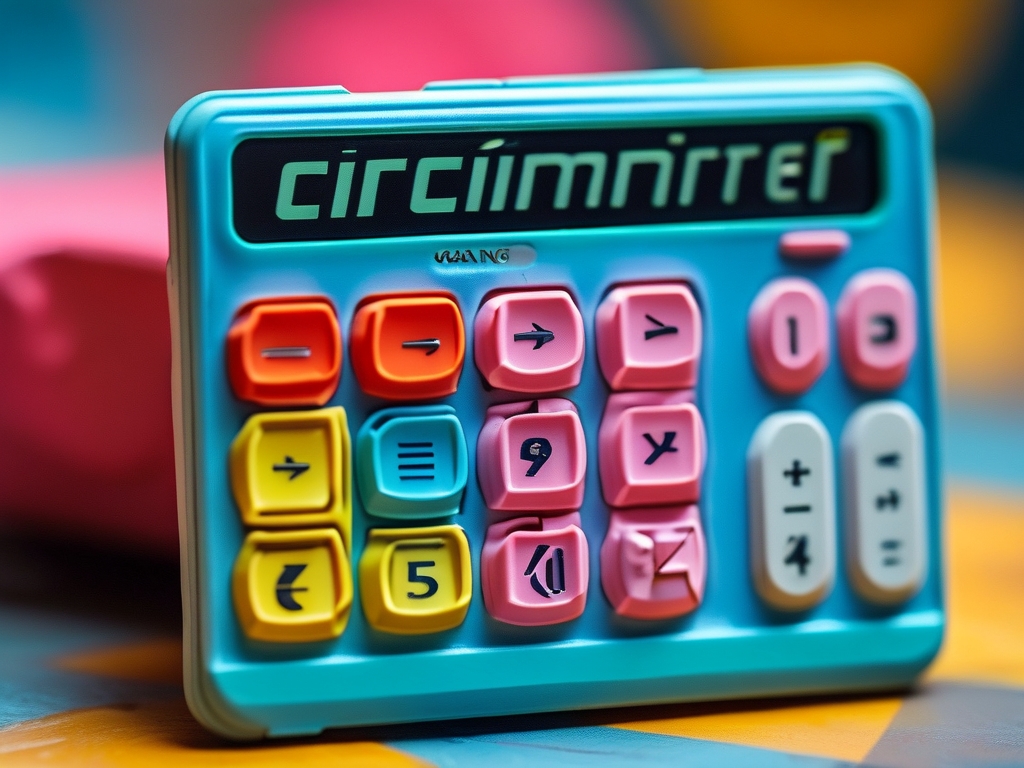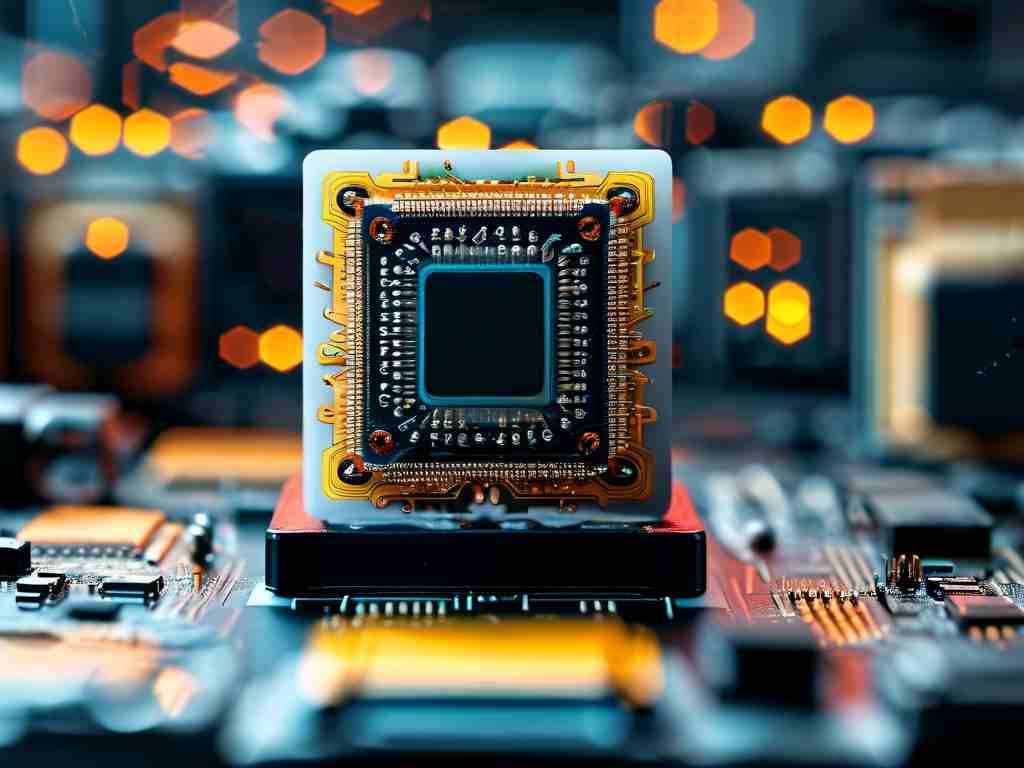Casio calculators have long been trusted tools for students, engineers, and professionals worldwide. Known for their durability and functionality, models like the fx-991EX and graphing calculators such as the fx-CG50 are staples in classrooms and labs. However, even these reliable devices are not immune to technical limitations—one notable issue being memory overflow. This article explores the causes, real-world impacts, and practical solutions for memory overflow in Casio calculators, shedding light on a problem that often puzzles users.
What Is Memory Overflow?
Memory overflow occurs when a calculator’s processing unit attempts to store more data than its allocated memory can handle. Casio calculators, like all computing devices, have finite Random Access Memory (RAM) and storage capacities. When complex calculations, large datasets, or recursive functions exceed these limits, the system triggers an error, often displayed as “Memory ERROR” or “Stack ERROR” on the screen. This issue is particularly common in models designed for advanced mathematics, where users frequently push computational boundaries.
Causes of Memory Overflow in Casio Calculators
-
Complex Calculations:
Operations involving high-degree polynomials, matrices with large dimensions, or iterative algorithms (e.g., solving integrals numerically) can rapidly consume memory. For example, calculating the determinant of a 10x10 matrix on an older Casio fx-9860GII may overload its 64KB RAM. -
Recursive Functions:
Programming recursive sequences without exit conditions—such as infinite loops in user-defined scripts—can exhaust the calculator’s stack memory. This is a common pitfall for students learning programming on devices like the fx-CG50. -
Large Datasets:
Statistical analyses involving thousands of data points or graphing high-resolution plots (e.g., 3D renders) strain the calculator’s memory. The fx-9750GIII, for instance, allocates only 62KB for user data, limiting its ability to handle bulk operations. -
Software Limitations:
Older firmware versions may lack memory optimization features. A 2019 update for the fx-991EX, for example, improved memory allocation for equation solvers, reducing overflow risks.
Real-World Impacts
Memory overflow isn’t just a technical glitch—it disrupts workflows and compromises results:
- Data Loss: Sudden errors during exams or experiments can erase unsaved calculations.
- Inaccurate Results: Overflow-induced truncation may produce incorrect values, especially in engineering simulations.
- Device Freezes: Persistent memory issues can force users to reset the calculator, losing all stored programs.
A notable case occurred in 2021, when engineering students reported recurring “Memory Full” errors while using the fx-CG50 for finite element analysis projects. The problem delayed coursework and highlighted the need for better user education on memory constraints.
Mitigation Strategies
-
Simplify Calculations:
Break down complex tasks into smaller steps. For example, solve a 10x10 matrix in smaller 3x3 segments and combine results manually.
-
Update Firmware:
Casio regularly releases firmware updates to optimize memory usage. Users should check the official website for their model’s latest version. -
Manage Storage:
Delete unused apps, clear residual variables, and avoid storing large files. The fx-9860GII’s “Memory Manager” tool helps prioritize essential data. -
Use External Tools:
For intensive tasks, transfer data to a computer via USB and process it using software like Casio’s FA-124. This bypasses the calculator’s hardware limits. -
Code Optimization:
Programmers should avoid recursive functions in favor of iterative loops and limit variable usage. For example, reusing variables in a Casio BASIC script can free up memory.
Casio’s Response and Future Directions
Casio has acknowledged memory constraints in user manuals and provides troubleshooting guides. Recent models, like the fx-CG500 (released in 2023), feature expanded RAM (256KB) and dynamic memory allocation. However, hardware upgrades alone cannot eliminate overflow risks entirely.
Educators and users play a critical role in prevention. Schools integrating Casio calculators into curricula should include modules on memory management. Meanwhile, Casio could enhance error messages—for instance, specifying whether an overflow stems from RAM, stack, or storage—to help users diagnose issues faster.
Memory overflow in Casio calculators underscores the balance between device capability and user demand. While these tools remain indispensable, understanding their limits is key to avoiding disruptions. By adopting strategic workflows, staying updated on software improvements, and leveraging external resources, users can mitigate risks and maximize the potential of their Casio devices. As technology evolves, so too must our approach to harnessing it effectively—whether in a classroom or a lab.









